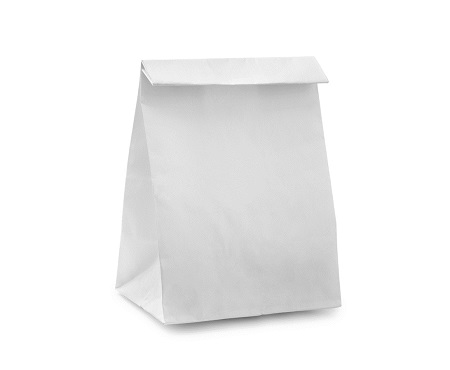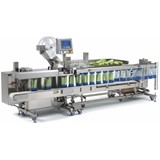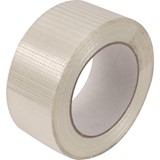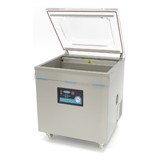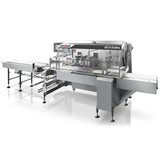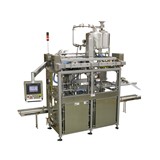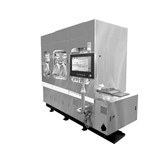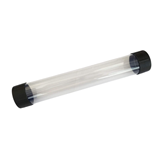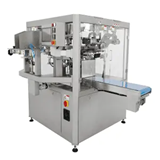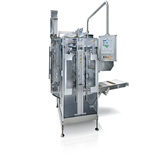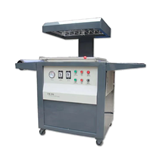The packaging needs to protect the food, but the right design will also help drive sales. The following areas must be considered when choosing the best food packaging solution.
Use the right barrier protection against oxygen or moisture
The most important part of packaging is protecting what is inside. However, this isn't as simple as some might think. Packaging options have different levels of barrier protection against both oxygen and moisture. Some foods, such as certain fruits, need to breathe.
Almonds, however, will go rancid if exposed to oxygen. In this case, modified atmosphere packaging replaces oxygen with another gas – such as nitrogen – to keep the product from spoiling.
A foil product provides one of the best oxygen barriers and is also a good option for foods that need to eliminate moisture transmission. Sugar, for example, will draw moisture out of the air and needs to be protected.
Make it easy to open, easy to re-seal
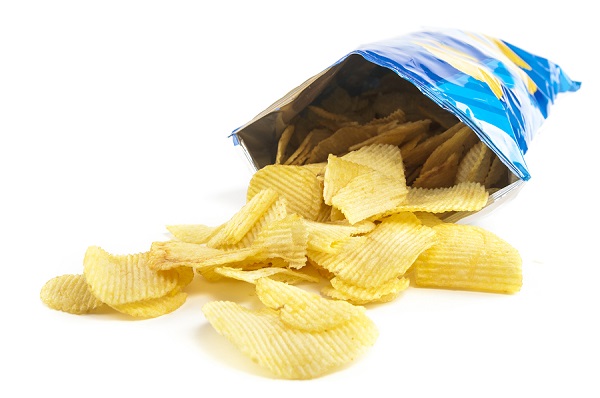
While it may seem insignificant, packaging that appears and is difficult to open will turn away customers, especially second time around. This is a particular issue when it comes to cereal or chip bags, which generally use a metallised polyester lamination process (the layering of different materials).
The trick is to get a bag that provides an oxygen barrier, opens easily, but doesn't completely tear open in a manner that can't be re-sealed.
Meet consumers' visual expectations
Different food categories have established expectations for their fit on retail shelves. For example, facing for condensed soup is fairly standard. A resealable bottle that allows a consumer to prepare half a can may seem like a marketable product, but will it work on the shelves?
A new size or style of packaging might get noticed, but could also be easily overlooked if it doesn't match the consumer's visual expectations for a can of soup. A new design may require an advertising campaign to educate customers on finding the product – a potentially unviable expense.
Retailers would also need to be convinced to work a stocking solution for a non-standard package.
Target the eye of the beholder
Established products don't need to be visible through the packaging. Foods like soup or cereal are generally not seen. However, customers want to see other products to gauge the colour, consistency, etc.
Products like beer are a difficult proposition. A clear glass bottle meets customer expectations of seeing the colour, but direct light threatens the overall quality. A creative label can meld both needs.
The colour and design of the package are also important. When marketing to children, packaging with bright, vibrant colours is the most effective. Beige or muted colours are more likely to attract health-conscious consumers, while flavoured products should lean towards their associated colour (yellow for banana, red for strawberry or raspberry etc).
Get technical, retail-savvy with a package designer
While a food manufacturer is the expert on their products, chances are they aren't quite as familiar with the intricacies of packaging. Specialised designers have the pulse of the technical and retailing side of packaging; they are invaluable, particularly for smaller producers.
The cost may seem like a luxury, but poor packaging can ruin the rollout of a new product. A good designer can also "pay for their service" by directing producers to the most cost-effective packaging solution.
Food manufacturers put a tremendous amount of time and resources into developing their products. They need to do the same when researching their packaging.

